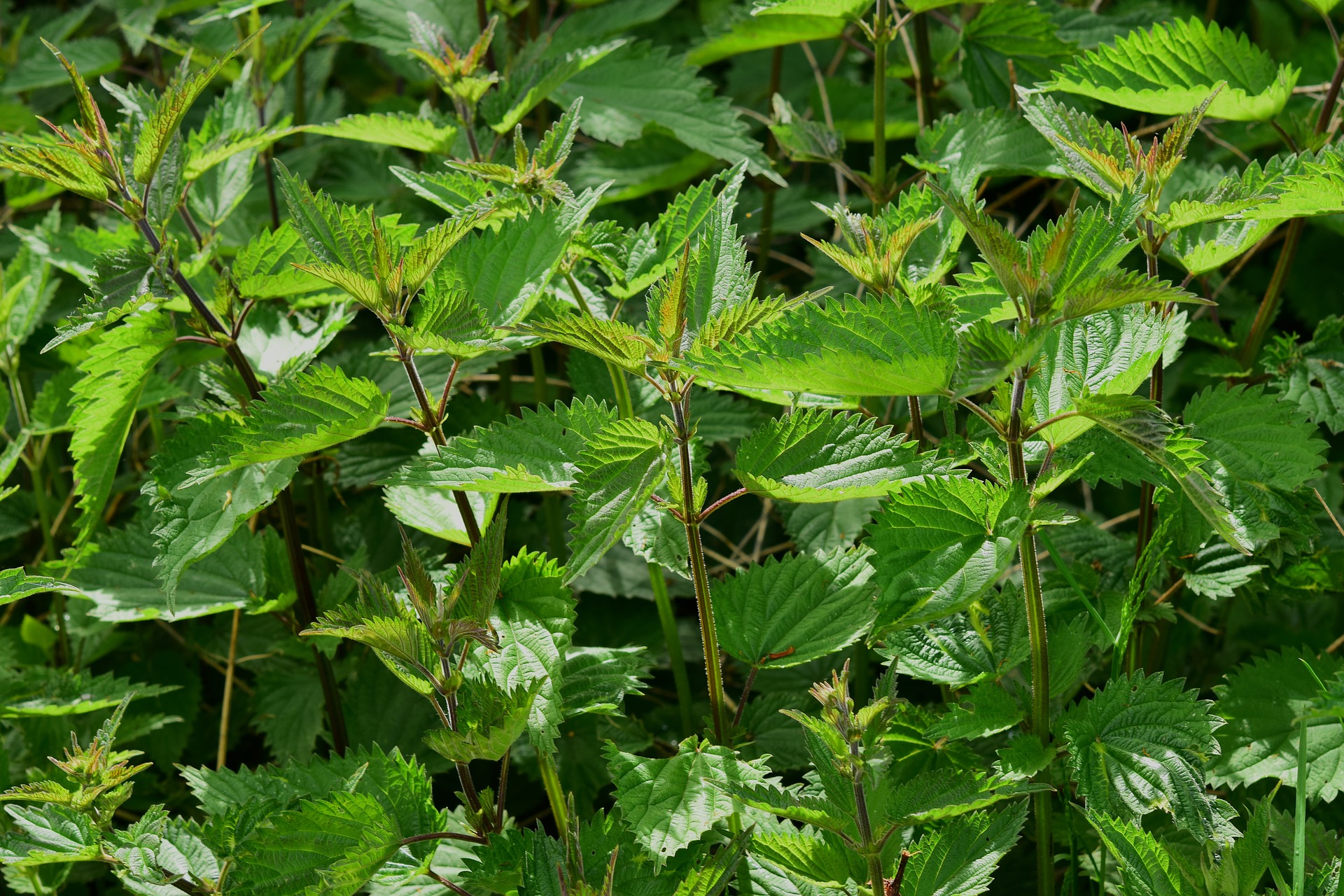Half way through the year already! If I was a ‘glass-half-empty’ type of person, I might be inclined to remind you all that the nights are now drawing in. But since I’m not, I’ll just settle for ‘doesn’t time fly when you’re having fun’ and concede that I am actually still catching up from June, which was, let’s face it, a complete wash-out.
If, like me, you’re feeling a tad over-whelmed by how much of the garden needs attention, here are a few things that you can focus on:
Dead-head the roses
Don’t just snap off the old flowerheads; get out the secateurs and prune down to a healthy side-shoot or leaf bud. For floribunda (cluster-flowered) roses, prune off the entire truss of flowers, above a healthy leaf bud or side shoot. After dead-heading, water with a fertiliser specific to roses, or high in potassium.
Keep roses well watered to prevent powdery mildew and remove and dispose of any foliage with blackspot; it’s been such a wet June - practically everybody’s roses have been affected by this fungal disease.
Floribunda roses; dead-head by removing the whole truss of flowers, cutting above a healthy leaf-bud.
Fruit and veg
Water tomatoes regularly and consistently, to prevent splitting. Also water courgettes frequently to avoid powdery mildew, but avoid splashing water on the leaves. Once the first fruits have started to swell, water both tomatoes and courgettes with a high potassium (K) liquid fertiliser once a week, making sure you follow the product’s dilution instructions.
Harvest your summer-fruiting raspberries, and then cut out the fruited canes, down to the ground. Thin new stems, and tie them into horizontal support wires - about 10cm apart from each other.
Apple trees often shed a large number of immature fruits in early summer. This is known as the ‘June drop’. After this has happened, consider further thinning of the remaining fruits, to ensure that the remaining fruits mature to a larger size and better quality. Thin pears and plums, as well as apples.
Thin apples after the ‘June drop’, to improve the size and quality of remaining fruit.
Trees, shrubs and flowers
Water young trees regularly, and particularly trees and shrubs in containers. Cut back the flowered stems and yellowing foliage of herbaceous plants that are past their peak, in order to give space to those yet to come into flower.
Summer bedding plants in hanging baskets and containers also need plenty of watering, even when it rains, and also frequent dead-heading to prolong flowering. Pansies and petunias tend to get a bit leggy at this time of year; a less laborious method for dead-heading them is to cut them down quite low with some secateurs and then water with a high-potassium plant-feed. This should produce new growth, and keep them flowering later into the summer.
Once irises have finished flowering, lift the whole clump of rhizomes with a garden fork, and cut younger, thumb-sized rhizomes away from the outside of the clump, discarding the older rhizomes from the centre. Cut away all but 15cm of the foliage with a straight cut, using a sharp knife. Remove any weeds, then replant the younger rhizomes (with their shortened foliage) just below the soil-surface.
Once they’ve finished flowering, lift, divide and replant iris rhizomes.
And finally…
Keep weeding, keep watering, keep mowing, keep harvesting (particularly the mint for your Pimms), and most importantly, keep enjoying!


























